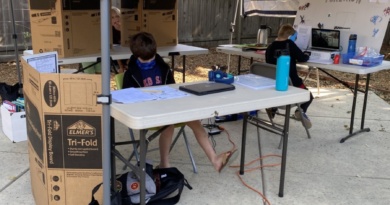Immigrant student faces culture shock
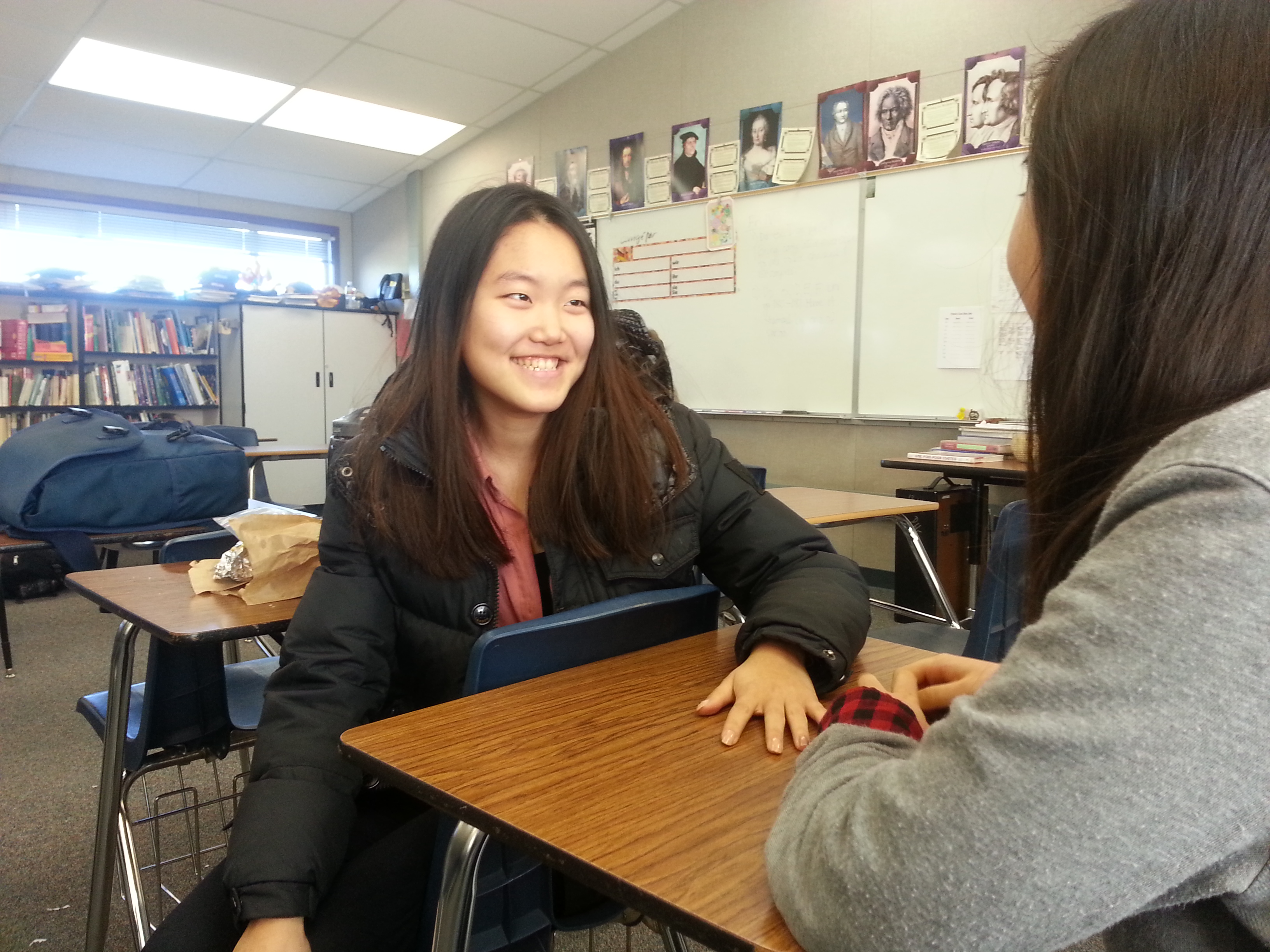
By Cliff Djajapranata,
Bluedevilhub.com Staff–
It is Dec. 21, 2012; doomsday? Not quite, but for junior Minnie Yoo just off a long-haul flight from Seoul at San Francisco International Airport, it is a brave new world full of hope for the American Dream.
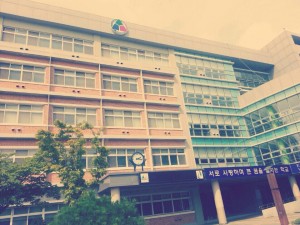
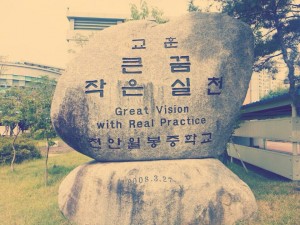
“I had this dream … that I’ll go to a great college and have a great job, and my future was like [perfect,]” Yoo said. “I had the ambition when I came here.”
But like any other dream, fantasy does not always meet reality.
The American people are an amalgam of different ethnicities and cultural backgrounds that are visible in our neighborhoods, workplaces and schools. However, it is hard not to notice that unfamiliar stranger from a distant land sitting right next to you in math class who may dress contrary to the latest fads or behave in way against the American high school norm.
In this foreign environment and behind the American Dream that may be nestled in the back of their heads, immigrants at Davis High face an assortment of problems when they reach the red, white and blue.
Adjusting to American culture is a major issue for foreigners trying to fit in to an already diverse student population.
“Remember, we don’t just have immigrants from one country. We have many countries here at Davis because of the university,” counselor Linda Preciado said.
To counter the culture issue, Yoo tried to study American culture before moving. But it was still a shock for the South Korean native.
“I knew that I was in America, but I kept thinking I was still in Korea because it was so strange,” Yoo said.
Yoo also experienced difficulty assimilating with the American
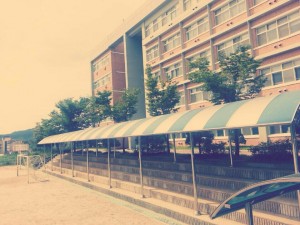
education system because credits from her Korean school could not be equated to American credits. Because of this, Yoo has to relearn much of the same material and attend summer courses even though she already knew much of the material from Korea, a country whose students are notoriously known for their rigorous academic habits.
“They would never turn their lights off. If you turned your lights
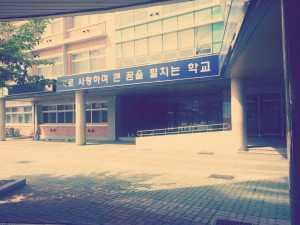
off first, that means you’re losing, so you have to keep your lights on and study until your friend goes to sleep, which they never do,” Yoo said.
Despite the culture shock, Yoo did not have much difficulty getting past the language barrier after having lived in the U.S. for a couple years in elementary school and having taken an English class at an academy in Korea. But for most immigrants, this is not the case, and they have to take ELD classes to sometimes just get by in the states.
“The ELD 1 and 2 class for the real beginners, it’s mostly survival English. It’s basic sentences. Tons and tons of everyday vocab that they need,” English and ELD teacher Anthony Vasquez said.
Both Yoo and Vasquez said that one of the best ways for immigrants to improve their English skills is by talking to native speakers as much as possible. But even talking to naturalized Americans can be a challenge when immigrants still have to find their social niche. While Preciado, Vasquez and Yoo have not witnessed or experienced any sort of discrimination, Vasquez said that students are apprehensive when it comes to accepting someone new into a social group.
“It’s unintentional, and it’s just unconscious. We naturally gravitate to the same old people. We naturally gravitate to people from our own culture or our own interests, our own sport and our hobbies. And just generally don’t go out of our way to just invite someone in or reach out,” Vasquez said.
Yoo found the first few days especially difficult when she knew no one at DHS.
“I was so lost around the campus. I got lost five times, and I carried around the map, and I didn’t have my locker too, so I carried my textbooks and my bags like everywhere with my map,” Yoo said.
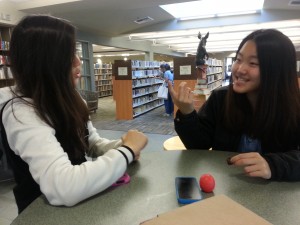
Preciado tries to solve this problem by setting up new foreign students with another student who can speak the same language and be a go-to person.
“When you’re the new person on the block and you don’t know anyone, you’re coming into a community that has grown up together, especially in Davis, where we don’t have a big transient population,” Preciado said.
Despite the challenges immigrants face, Vasquez believes that they all have a lot of potential and can fully assimilate into American life.
“[They must] hang on to their home culture. Two, try their darnest to read and talk with natives constantly. And don’t rely on the home language as a crutch … Use both languages; use both cultures,” Vasquez said.
Yoo seems to be succeeding at this so far as she regularly keeps in touch with her friends back home while planning a future in computer science stateside.
Perhaps her initial hopes of the American Dream are not too far off after all.


